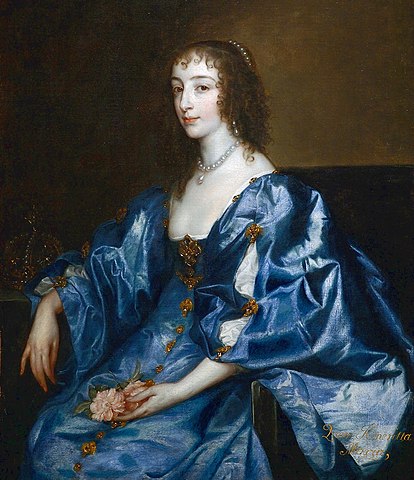Vasillisos Markos
Serene Highness
- Joined
- May 24, 2009
- Messages
- 1,160
- City
- Crete
- Country
- United States
Queen Regnants
Forgive me if this has already been discussed, but is Elizabeth II the first Queen Regnant to inherit the throne directly from her father? I believe the others who were royal sovereigns in their own right all took the throne from either a brother (Mary I) or sister (Elizabeth I,) brother-in-law (Anne) or uncle (Victoria), with the possible exception of Queen Mary II of William and Mary fame. I am not exactly sure how the Glorious Revolution brought Mary II to the throne.
Forgive me if this has already been discussed, but is Elizabeth II the first Queen Regnant to inherit the throne directly from her father? I believe the others who were royal sovereigns in their own right all took the throne from either a brother (Mary I) or sister (Elizabeth I,) brother-in-law (Anne) or uncle (Victoria), with the possible exception of Queen Mary II of William and Mary fame. I am not exactly sure how the Glorious Revolution brought Mary II to the throne.


 I may be wrong but I thought Mary inherited the throne from her father King James, brother of King Charles II. Then came her sister Queen Anne who was married to the Danish Prince George.
I may be wrong but I thought Mary inherited the throne from her father King James, brother of King Charles II. Then came her sister Queen Anne who was married to the Danish Prince George.

